Leptastrea Care Guide – Care, Feeding & Lighting Tips
Introduction
Leptastrea corals (Leptastrea species) are hardy encrusting LPS corals prized for their resilience and unique texture. Their dense colonies of small polyps give them a fuzzy, vibrant look that glows beautifully under reef lighting. With their adaptability and moderate growth, they are a favorite choice for aquarists seeking a coral that’s both attractive and beginner-friendly.
Scientific Name & Identification
Leptastrea are distinguished by their tightly packed polyps and encrusting to dome-shaped growth. Colonies often resemble Cyphastrea or Favia, but their polyps are more uniform and closely spaced. They come in a variety of colors, including greens, oranges, reds, and multi-colored morphs that fluoresce brightly under actinic light.
Natural Habitat
In the wild, Leptastrea are found across Indo-Pacific reef environments. They inhabit both shallow and mid-depth zones, encrusting rockwork and rubble. Their adaptability to varying light and flow levels makes them versatile in aquariums.
Aquarium Care & Setup
To thrive, Leptastrea need stable water parameters and moderate conditions:
-
Temperature: 74–80°F (23–27°C)
-
pH: 8.1–8.4
-
Salinity: 1.024–1.026
-
Flow: Moderate, enough to bring nutrients and prevent debris buildup without damaging tissue
-
Lighting: Moderate (50–150 PAR). Can adjust to lower or higher light with acclimation
-
Placement: Rockwork or substrate, with space for colonies to expand outward
Feeding Leptastrea
Leptastrea derive most of their energy from photosynthesis but will benefit from targeted feeding. Fine particulate coral foods, such as reef roids, powdered blends, or phytoplankton, can encourage better growth and coloration. Feeding is best done at night when polyps extend further.
Growth and Behavior
Leptastrea grow by encrusting and can form rounded, dome-like colonies over time. Their moderate growth rate makes them manageable compared to faster encrusters. They are semi-aggressive and should be placed away from sensitive corals, as their tissue can overtake or sting neighbors if placed too close.
Tankmates
Leptastrea do well with most reef-safe fish and invertebrates. Peaceful species such as clownfish, wrasses, gobies, and cleaner shrimp make excellent companions. Keep them away from highly aggressive corals that could overshadow or damage their colonies.
FAQs about Leptastrea Corals
Are Leptastrea beginner-friendly corals?
Yes, their hardiness and adaptability make them excellent for new reef keepers.
What lighting do Leptastrea prefer?
Moderate lighting (50–150 PAR) is best, though they can adapt to a range of conditions.
Do Leptastrea corals need target feeding?
Feeding isn’t required but helps accelerate growth and enhance coloration.
How fast do Leptastrea grow?
They grow moderately, steadily encrusting rockwork and forming rounded colonies.
Are Leptastrea aggressive?
They are semi-aggressive, so provide spacing from sensitive neighboring corals.
Where should I place Leptastrea in my tank?
On rockwork or substrate with room for them to spread outward as they encrust.
Conclusion
Leptastrea corals are hardy, colorful, and beginner-friendly LPS corals that add texture and fluorescence to reef aquariums. Their adaptability makes them suitable for a wide range of setups, while their manageable growth ensures they won’t overtake a tank too quickly. With stable water parameters, moderate light and flow, and occasional feeding, Leptastrea thrive and become a reliable, long-term addition to any reef.


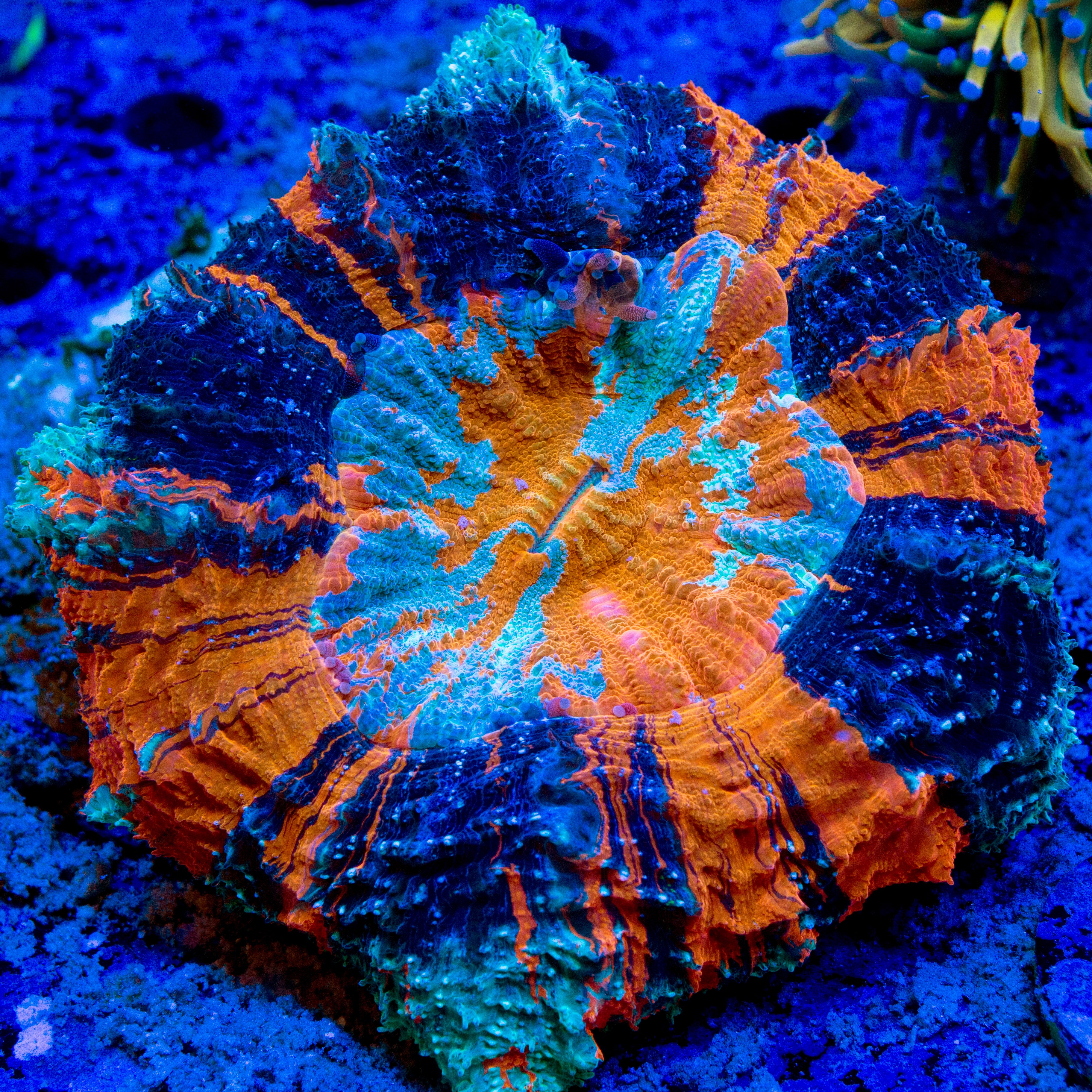
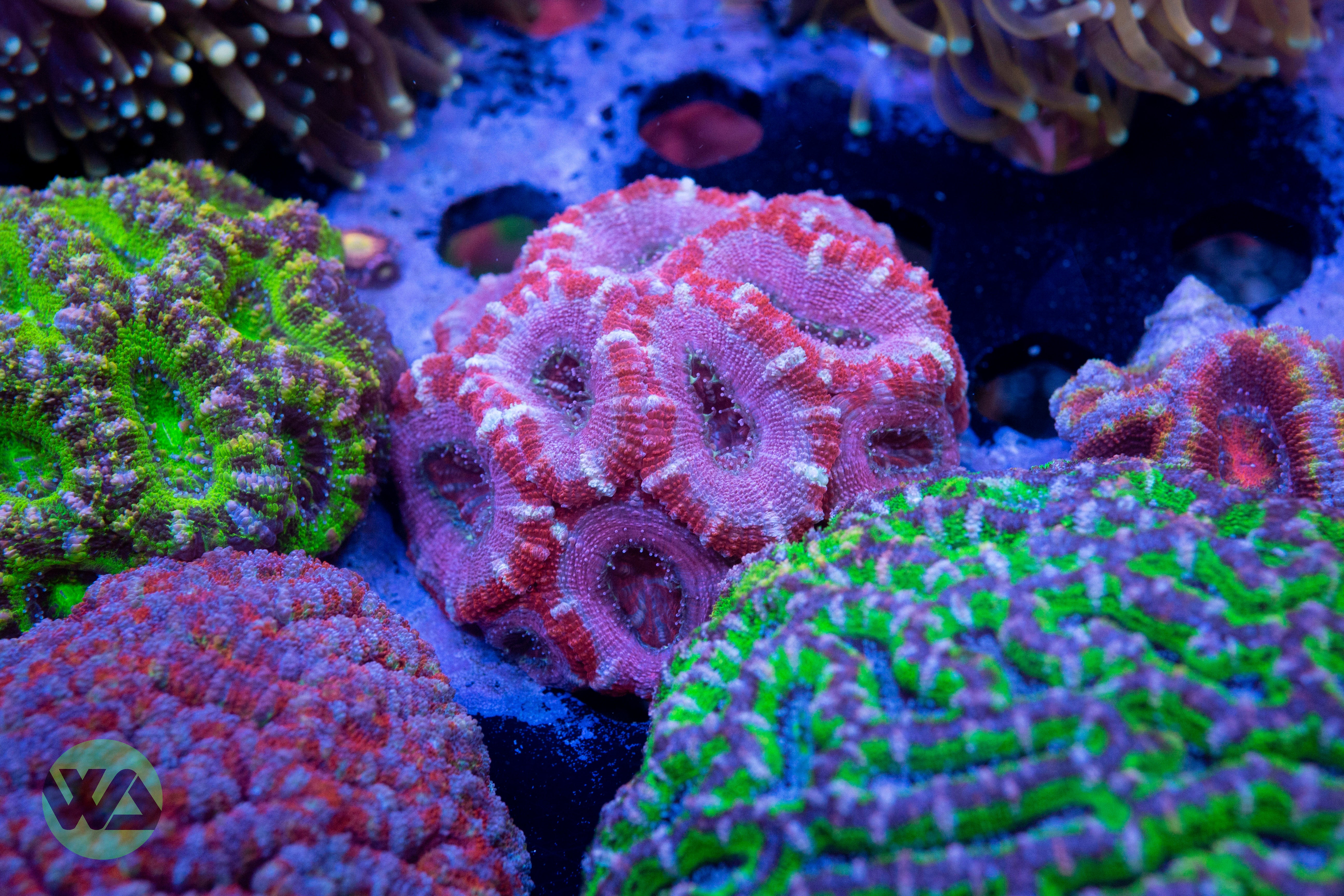
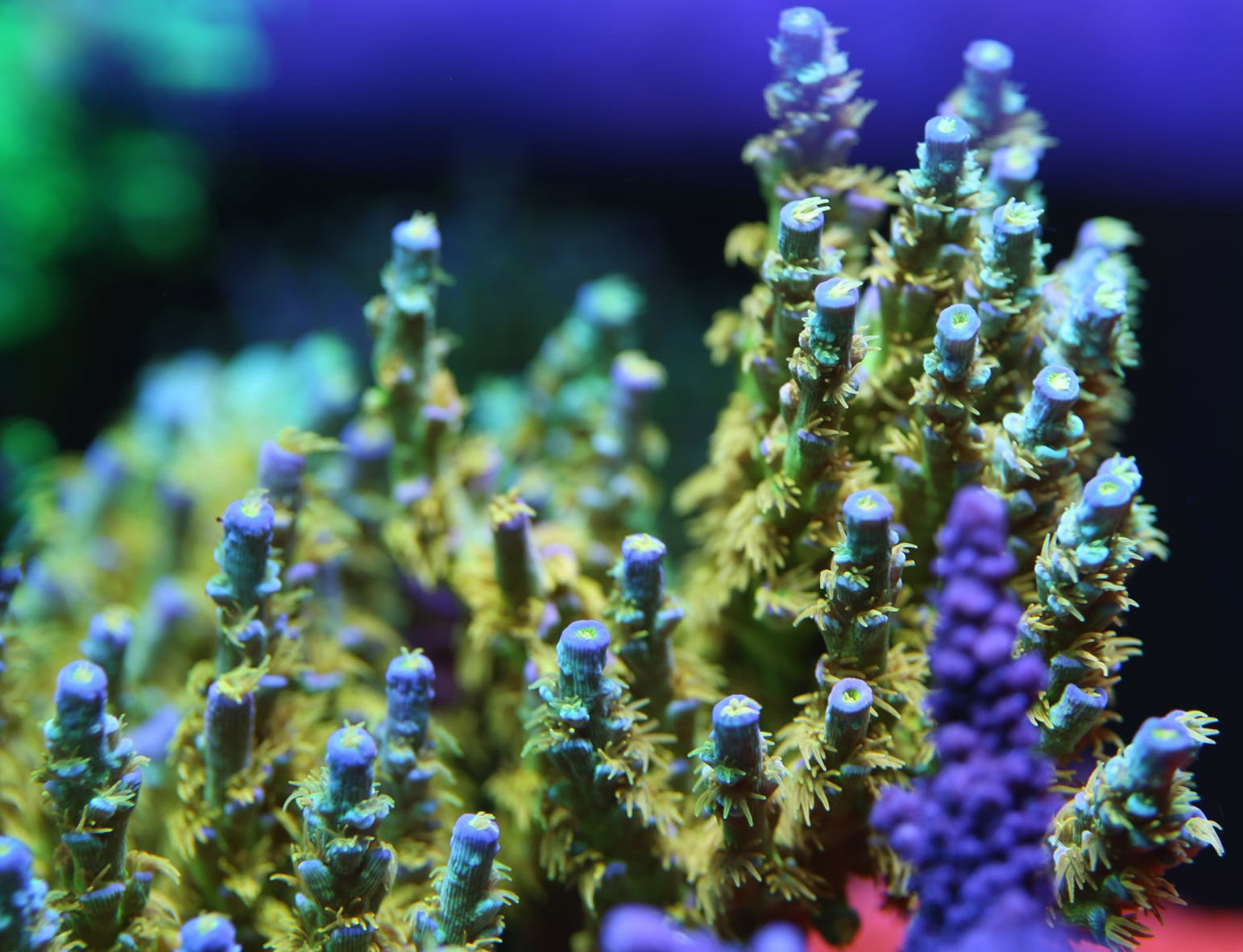
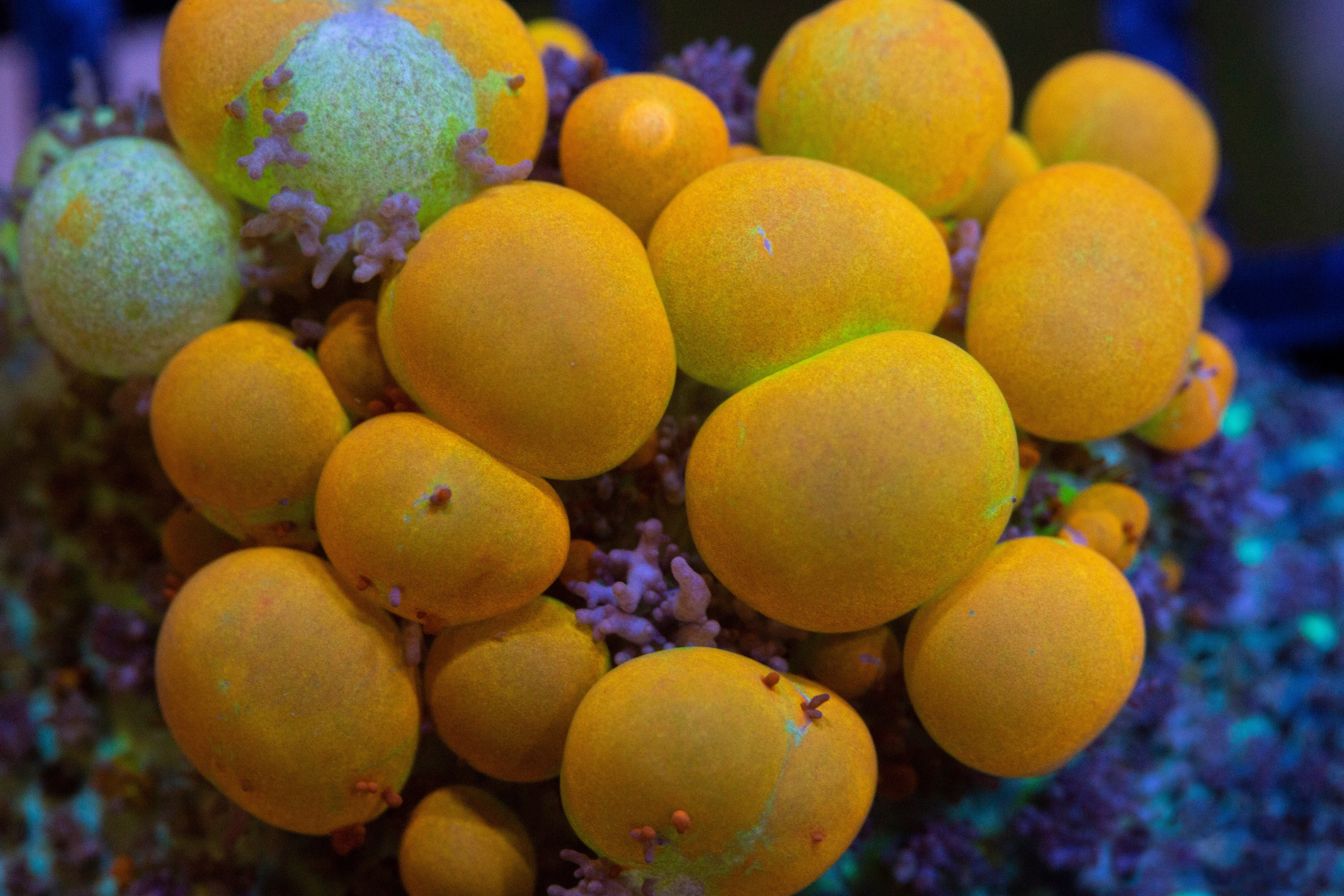
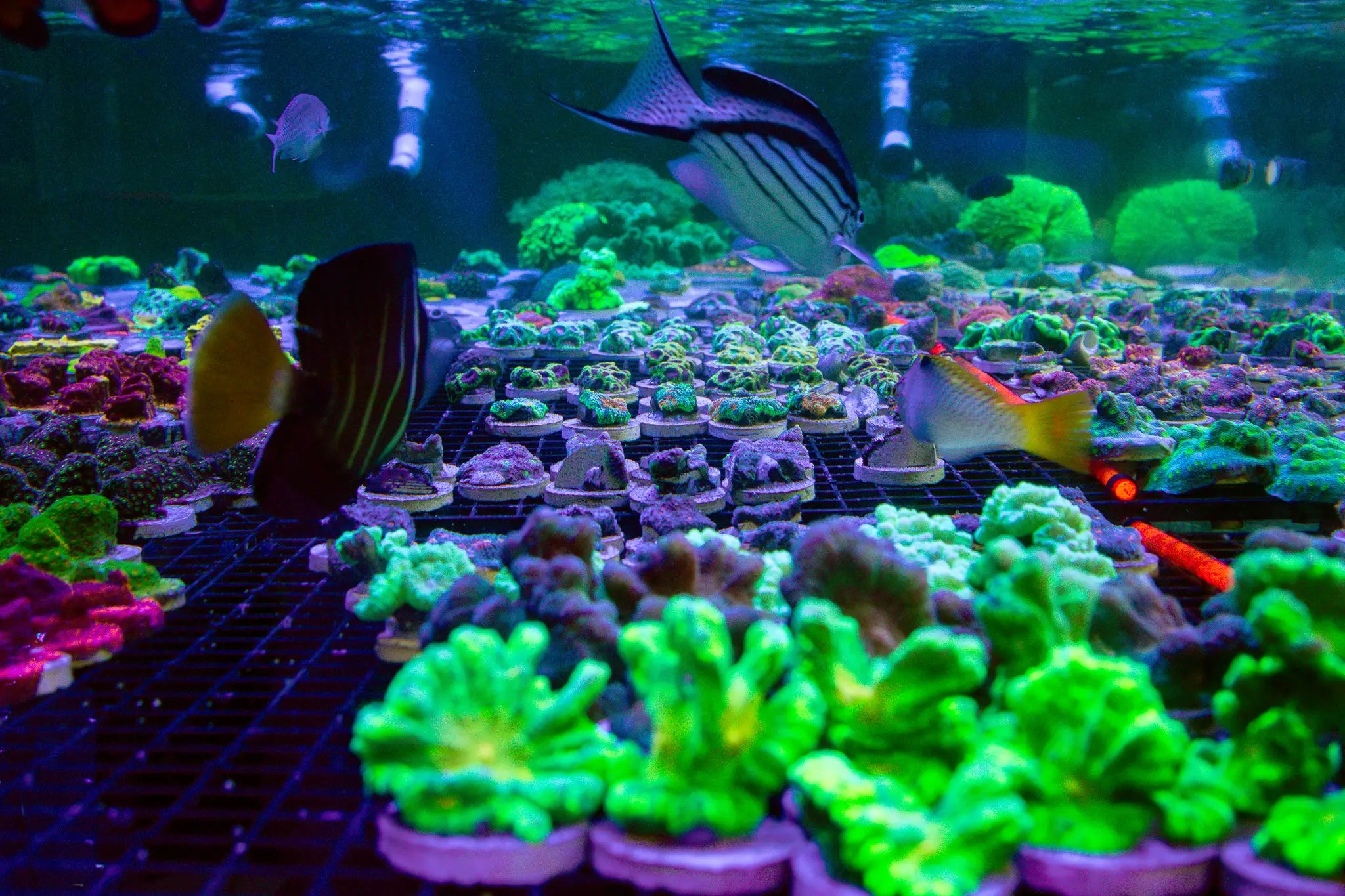

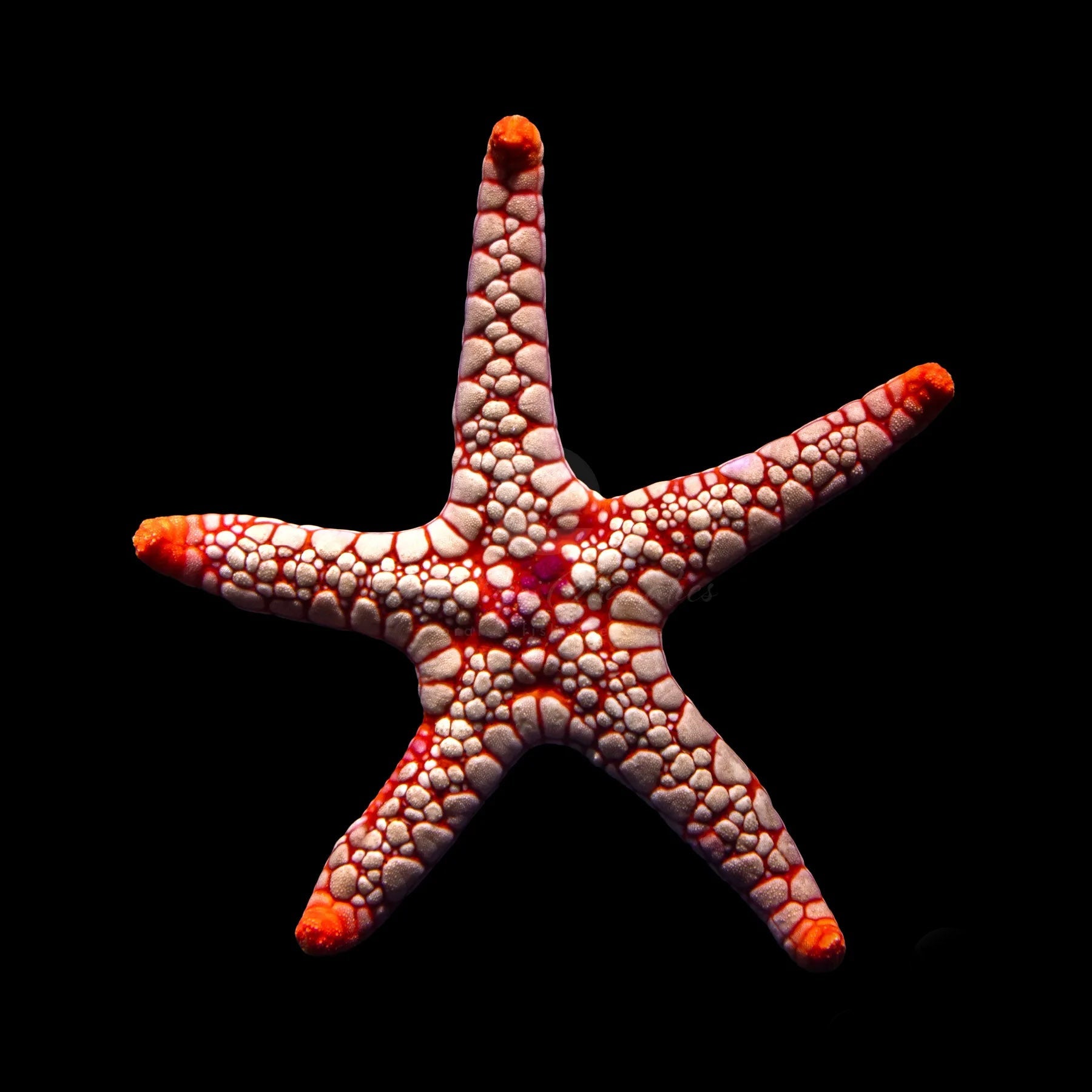
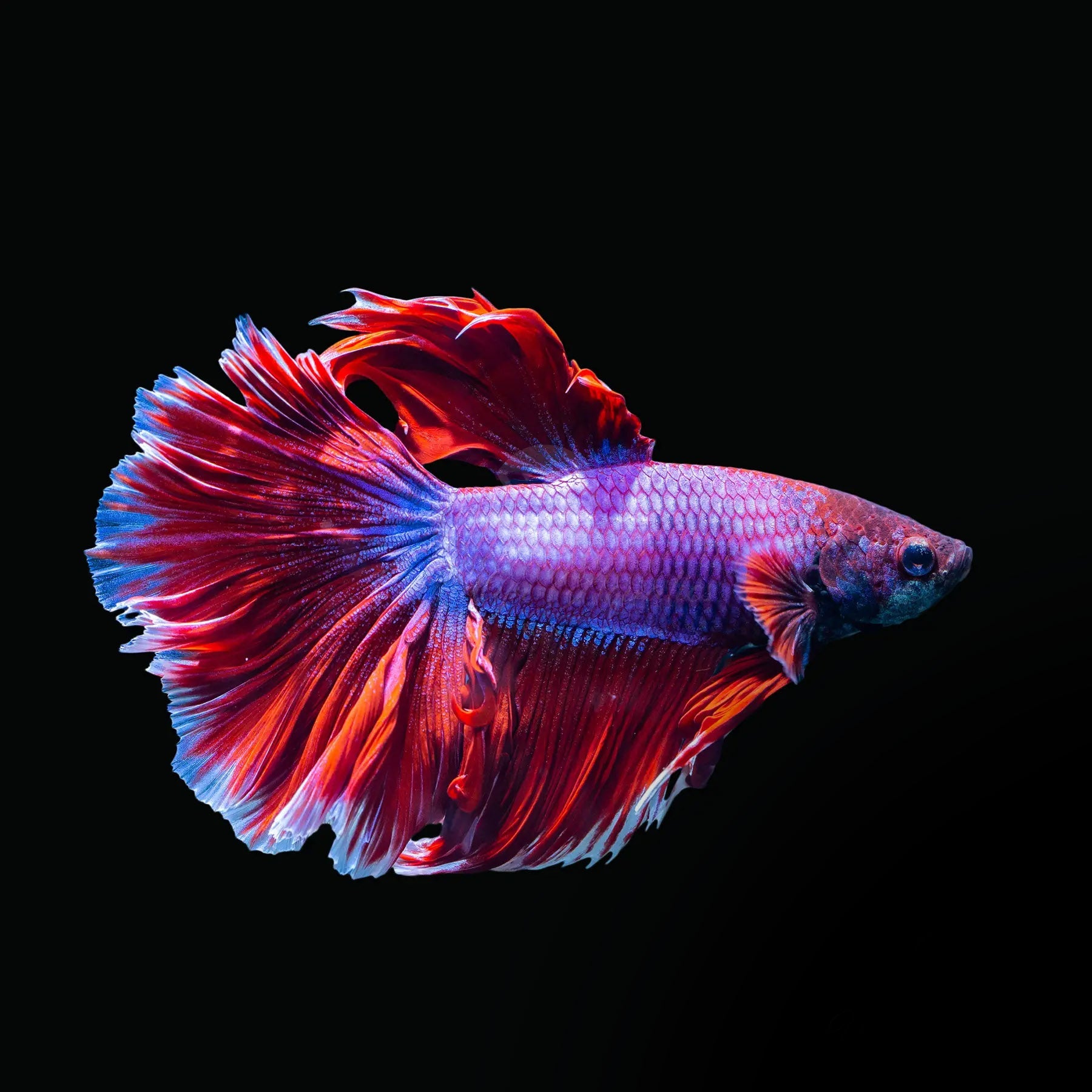
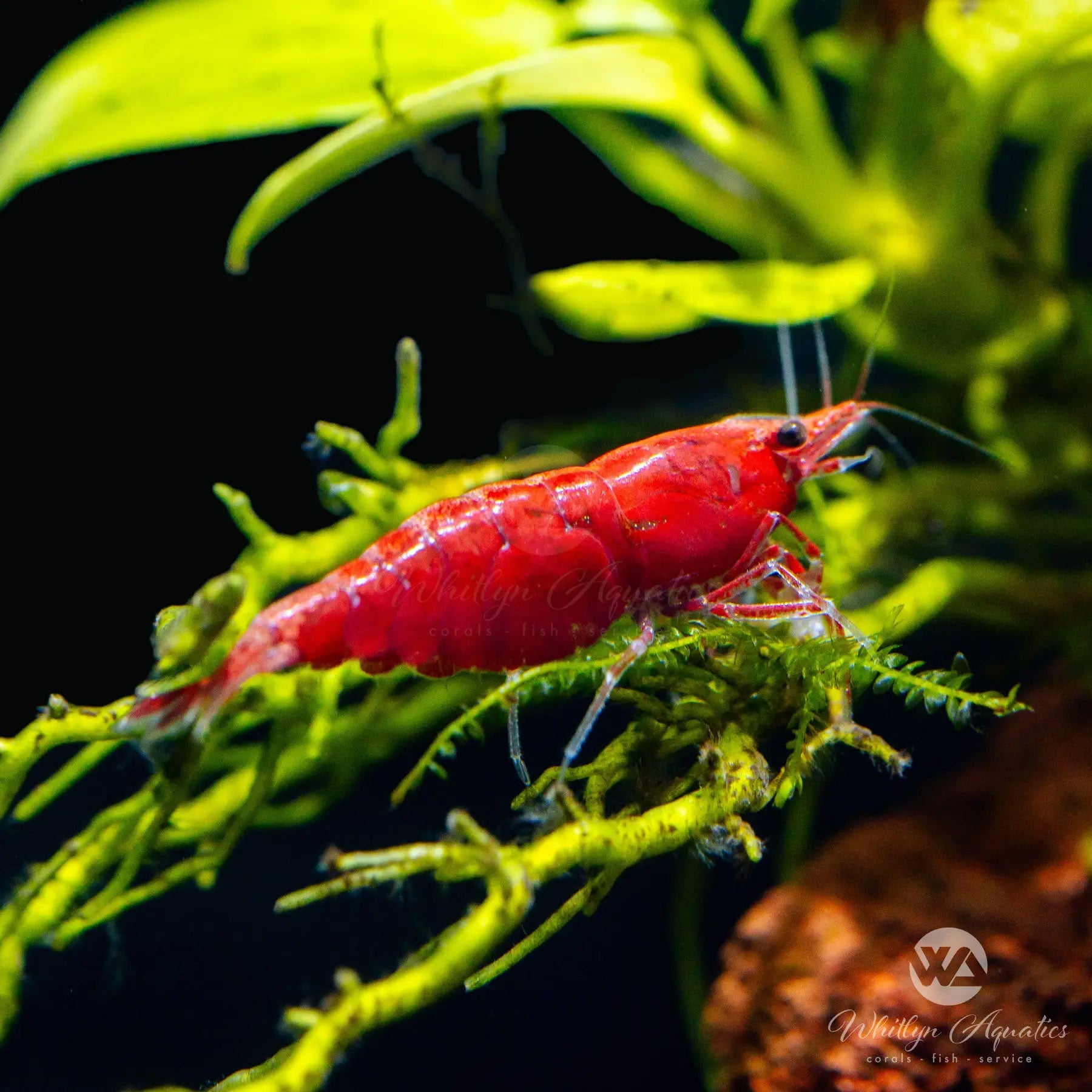
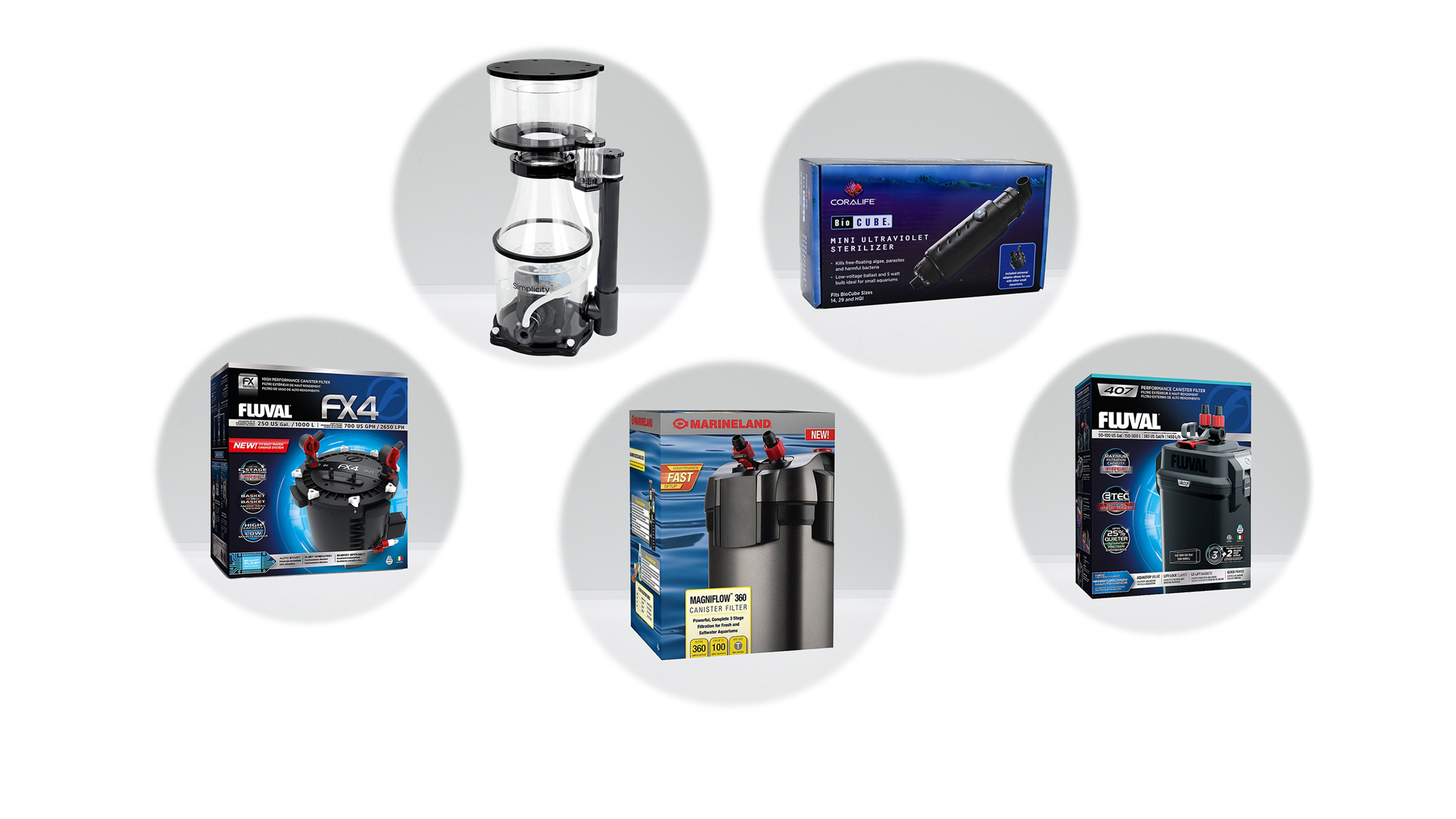
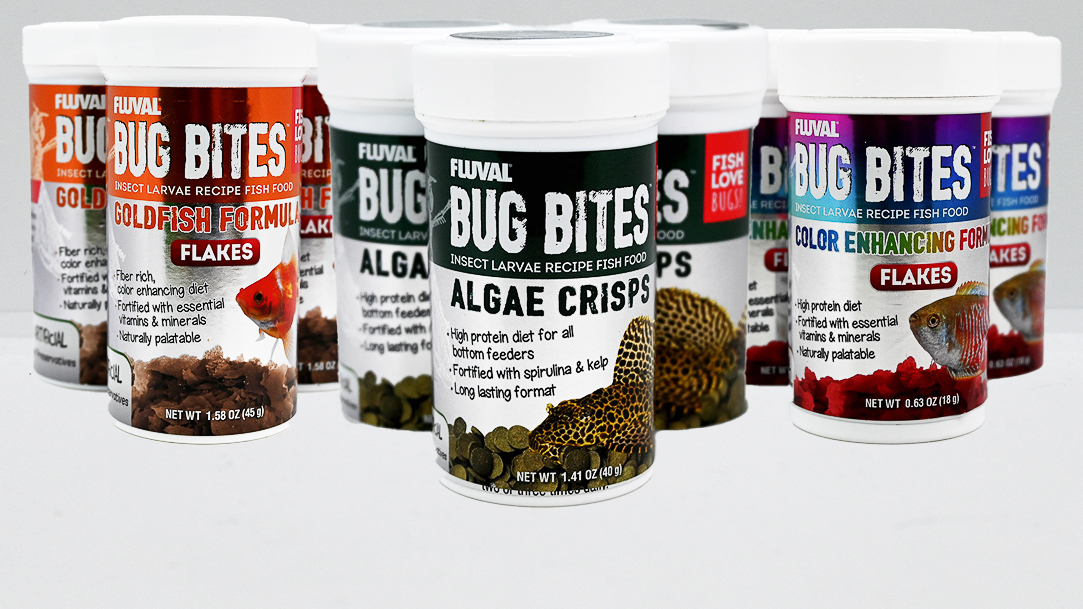
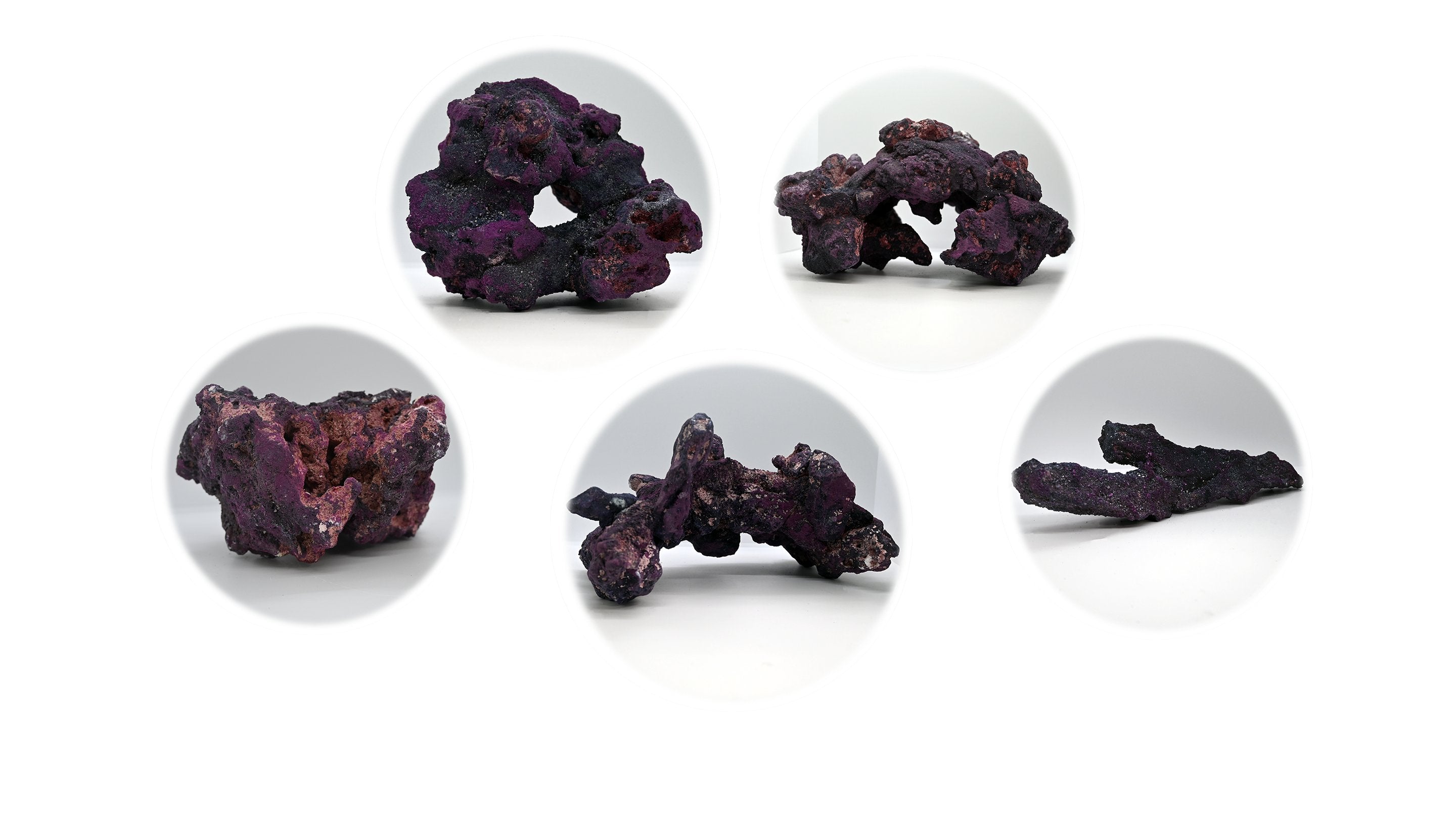
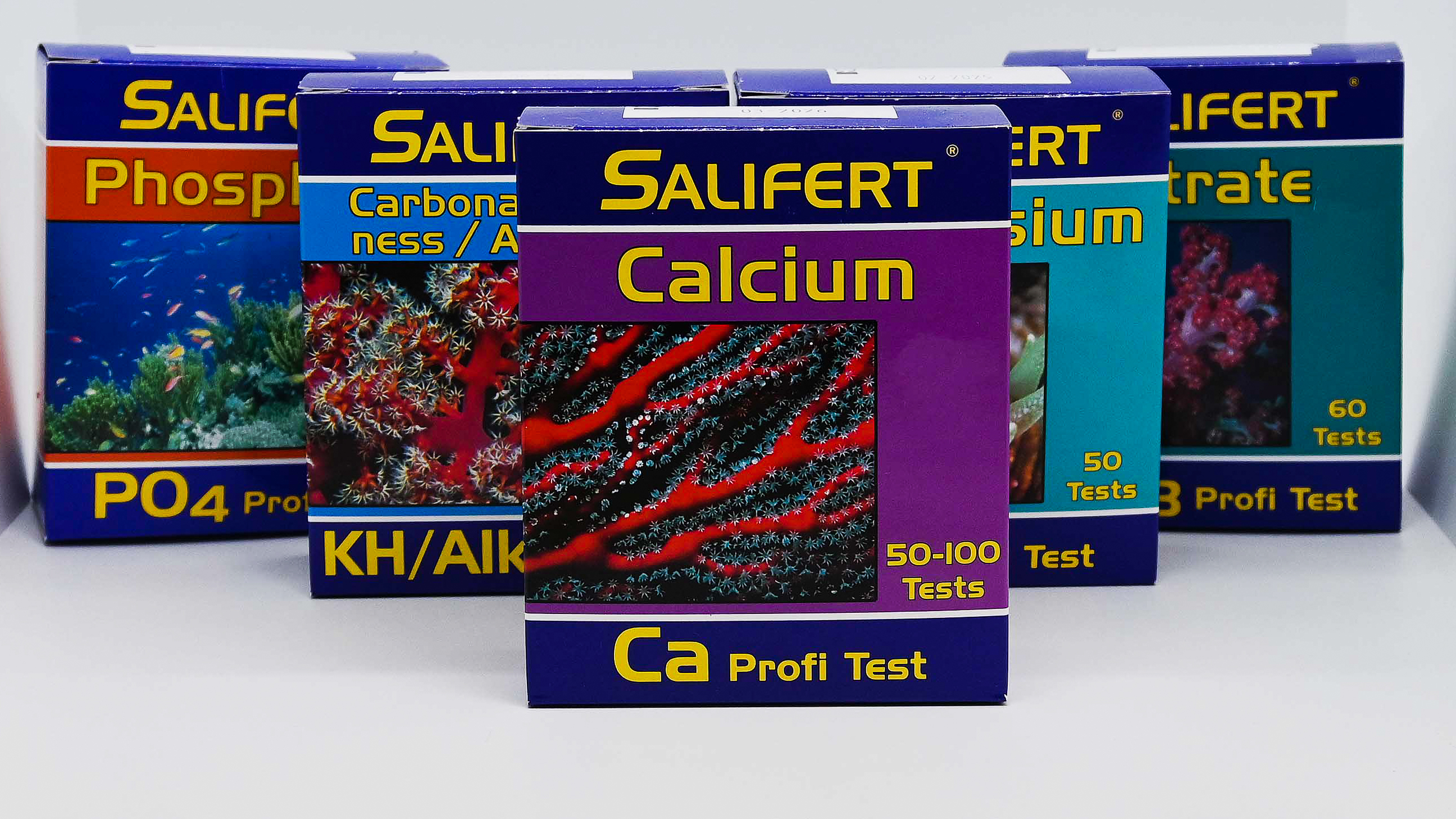
Leave a comment